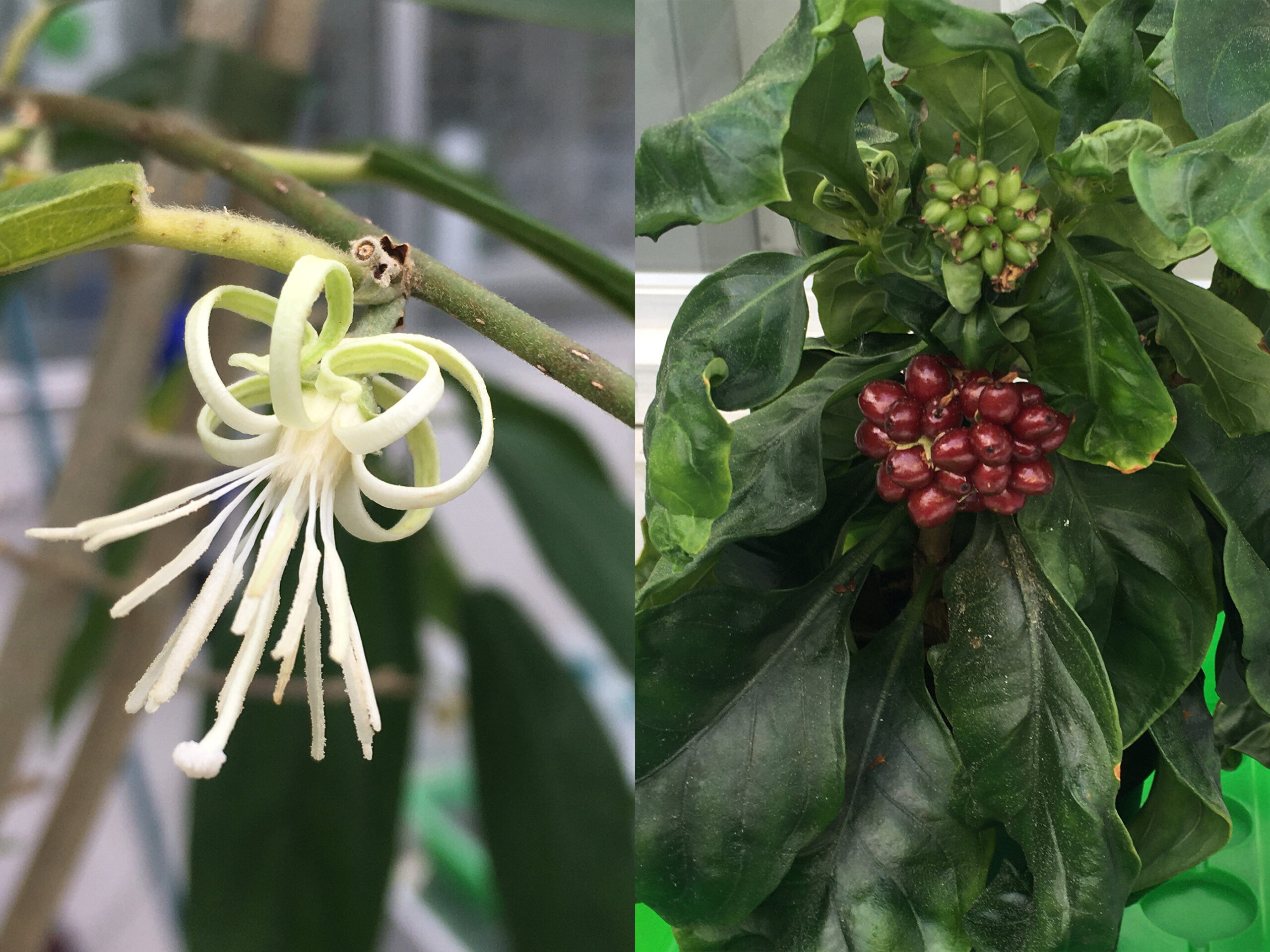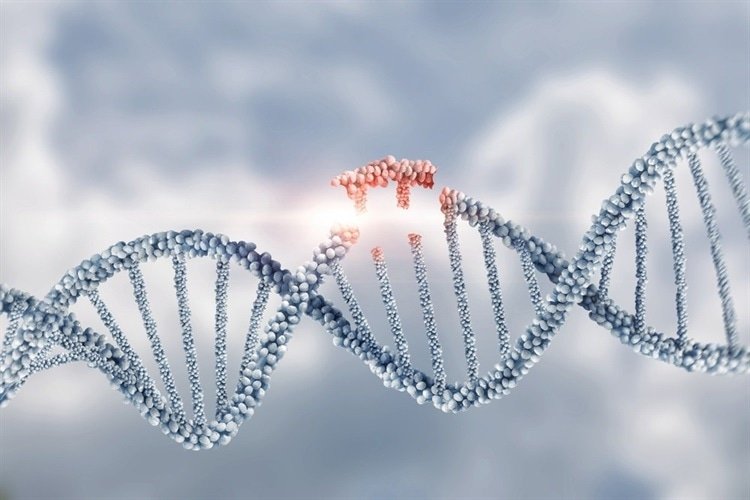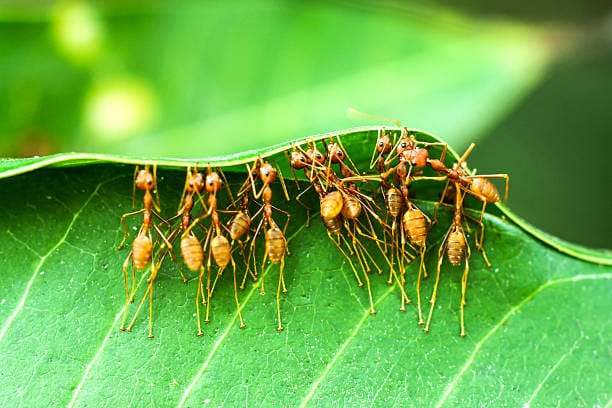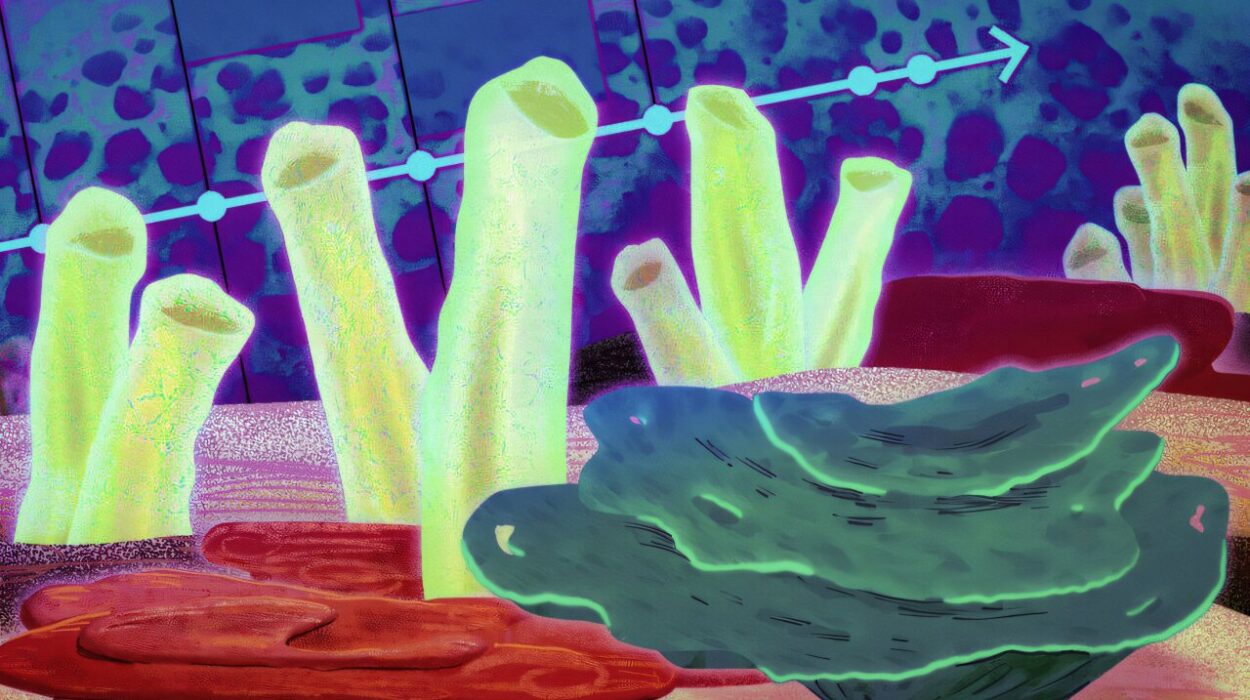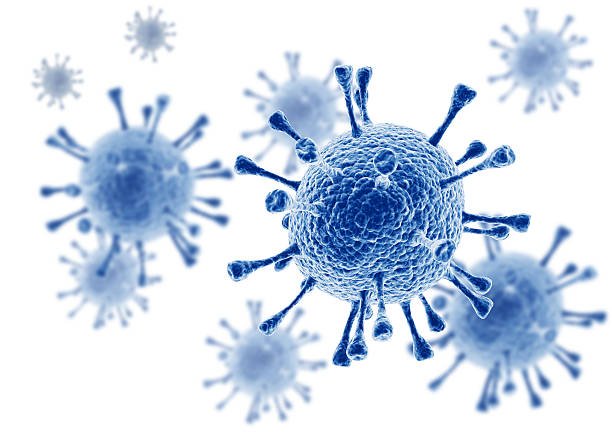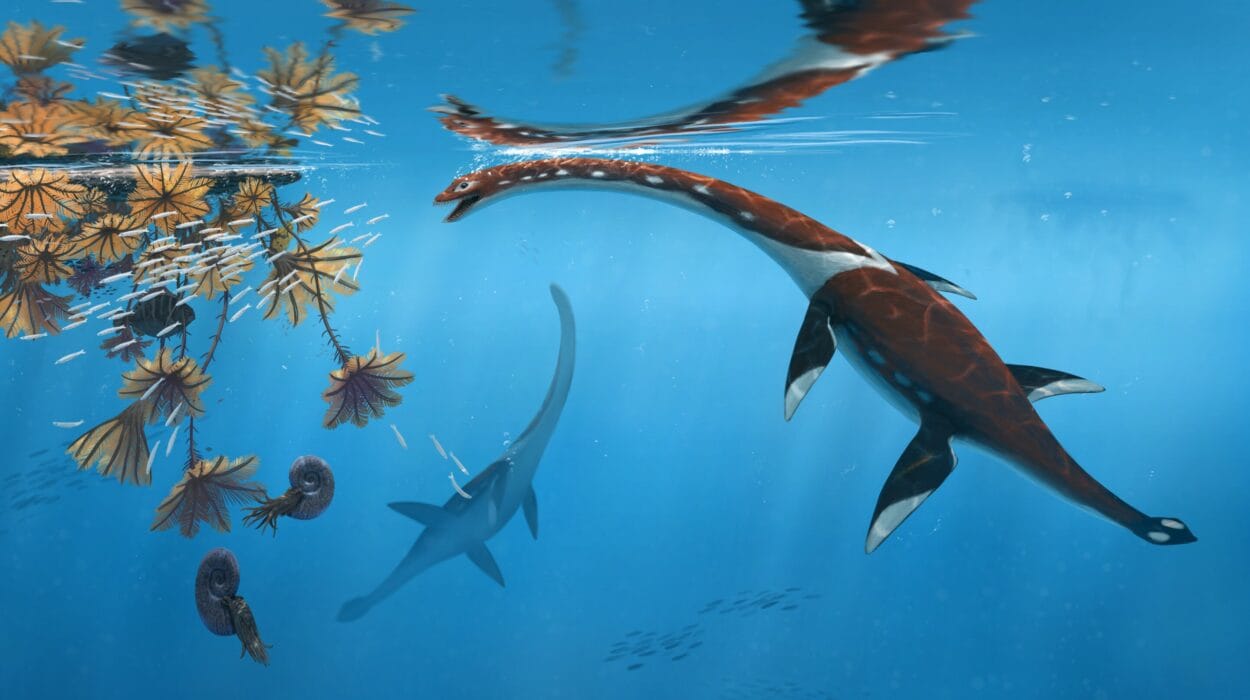In the dense tapestry of evolution, nature often spins the same pattern twice. Sometimes this is by shared ancestry, other times by a mysterious convergence that defies linear logic. Among plants, this convergent creativity often plays out through chemistry—specifically, in the bewildering array of compounds they produce. One recent discovery from the Max Planck Institute for Chemical Ecology brings this evolutionary poetry into sharp focus: two plant species, separated by more than 100 million years of evolutionary time and belonging to different plant families, have independently evolved the ability to produce the same suite of powerful alkaloids—substances that have long held a place in medicine and toxicology alike.
This is the remarkable story of the sage-leaved alangium (Alangium salviifolium) and ipecac (Carapichea ipecacuanha), two botanical strangers that became unlikely twins in the molecular arts.
The Secret Lives of Plants and Their Molecular Masterpieces
Plants are chemical factories. Their leaves, roots, seeds, and bark contain a riotous abundance of small molecules—natural products—that serve countless purposes: defense against herbivores, attraction of pollinators, resistance to pathogens, and communication with other organisms. These molecules can be bitter, fragrant, sticky, hallucinogenic, toxic—or healing. Many of our most important medicines, from morphine to taxol, originated as plant-derived natural products.
Yet while some compounds are widespread among plant lineages, others appear with peculiar exclusivity. One plant might hoard a particular compound, while a closely related cousin produces nothing of the kind. Even more puzzling, the same compound may pop up in two completely unrelated species, as if by cosmic coincidence. The biochemical logic behind this phenomenon is only beginning to be unraveled.
This is precisely what intrigued researchers when they discovered that both Alangium salviifolium, a small tree native to South and Southeast Asia, and Carapichea ipecacuanha, a low-growing shrub of the South American rainforest, were both quietly manufacturing the same potent molecules: ipecacuanha alkaloids.
A Medicinal Mystery: The Legacy of Ipecac
If you’ve ever heard of “ipecac syrup,” you’ve encountered the legacy of Carapichea ipecacuanha. For decades, this extract was a mainstay in American and European medicine cabinets, used to induce vomiting in cases of accidental poisoning. Its efficacy derived from two alkaloids: emetine and cephaeline. Both are derived from a central precursor called protoemetine.
These alkaloids have a colorful history. Indigenous peoples of Brazil and surrounding regions traditionally used ipecac root for its emetic and expectorant effects. In the 17th century, European colonizers adopted it, leading to the widespread use of ipecac-based medicines. Emetine later found roles in the treatment of amoebiasis, a parasitic infection, and has even shown anticancer potential in modern studies. However, due to its strong effects and toxicity risks, ipecac syrup gradually fell out of favor in the late 20th century.
What was less understood, until recently, was exactly how these alkaloids were synthesized by the plant. Even more curious: researchers had noticed for years that Alangium salviifolium, a plant known in Ayurveda for its medicinal properties, also contained ipecac-type alkaloids—despite its complete lack of relation to C. ipecacuanha.
Evolution’s Chemical Convergence
In the natural world, convergence typically refers to physical features—like how dolphins and ichthyosaurs evolved similar streamlined bodies to move through water. But convergence can happen at the molecular level too. That’s what Maite Colinas and her team at the Max Planck Institute sought to investigate.
Using an arsenal of molecular tools—genomic analysis, transcriptome comparisons, and enzyme reconstruction—the team set out to explore how these two plant species managed to produce the same chemically complex substances despite being separated by a massive evolutionary gulf.
The key question was deceptively simple: Did Alangium and Carapichea use the same enzymatic steps to create ipecac alkaloids, or had they independently invented their own molecular machinery?
The answer, as it turned out, was more fascinating than anyone expected.
A Biosynthetic Tale of Two Species
Colinas’s team first analyzed the tissue-specific distribution of the ipecac alkaloids in both plants. Young leaves and underground organs turned out to be biochemical hotspots. From this data, the researchers identified which genes were active during alkaloid production. This allowed them to reconstruct the likely biosynthetic pathway in each species—step by molecular step.
One major surprise was that the first step in the process did not require an enzyme at all. In most natural product pathways, enzymes—nature’s microscopic machines—guide and accelerate reactions. But here, the initial transformation occurred spontaneously. That’s chemistry with no chaperone—a rare event in the controlled environment of a living cell.
A second surprise was the role of a sugar-cleaving enzyme. Though such enzymes are known, the one discovered in this study had a completely different three-dimensional structure than any previously identified for the same reaction. Even stranger, it was located in the cell nucleus, far from its presumed substrate, which resided in the vacuole.
This spatial separation turned out to be a clever safety feature. The intermediate compounds in ipecac alkaloid biosynthesis are highly reactive—and potentially toxic. By keeping the enzyme and substrate in separate compartments, the plant avoids accidental self-harm. Only when herbivores attack and cells rupture do enzyme and substrate meet, triggering the creation of toxic alkaloids that serve as chemical deterrents.
This modular, triggered defense mechanism—where production only activates upon tissue damage—is known from other plant systems, including those that produce glucosinolates or saponins. But the unique twist here is the convergent evolution of this system in two unrelated plant species.
Different Genes, Same Molecule
After reconstructing the biosynthetic steps, the team compared the enzymes involved in each species. What they found was astonishing: although the pathway’s logic was similar, the enzymes themselves were different. That is, Alangium and Carapichea had independently evolved different proteins to do the same jobs.
This is the biochemical equivalent of two inventors, on opposite sides of the world, independently creating airplanes—but one uses propellers and the other jet engines. It’s a molecular echo of convergent evolution, played out in gene sequences and protein folds.
This discovery marks one of the clearest and most detailed examples of what evolutionary biologists call convergent biosynthesis: different evolutionary paths leading to the same complex natural product, using unrelated molecular tools.
Why Reinvent the Molecule?
One might ask: Why would two plants evolve to produce the same unusual, complex, and toxic compound?
The answer likely lies in ecological pressures. Both plants face threats from herbivores, fungi, and microbes. In their separate environments, they may have stumbled upon the ipecac alkaloid family as a highly effective chemical deterrent. Once protoemetine was born—through spontaneous chemistry and some enzymatic finesse—natural selection likely favored any refinements that led to its retention and elaboration.
That both plants arrived at this same molecular solution, despite having no common ancestor with this capability, speaks to the power of selection and the flexibility of plant metabolism. Evolution, in this case, didn’t just tinker—it independently constructed similar solutions to the same biological problem.
Toward the Future of Plant-Based Pharmaceuticals
Beyond its evolutionary intrigue, this discovery carries immense potential for pharmacology. While protoemetine, emetine, and cephaeline are the most well-studied alkaloids, other downstream compounds—such as tubulosin, found in Alangium—have shown pharmacological promise. However, their natural scarcity has hindered research.
By reconstructing these biosynthetic pathways in model organisms or cell cultures, researchers could produce these compounds in sufficient quantities for pharmacological screening. This could unlock new treatments for diseases ranging from parasitic infections to cancer.
Moreover, understanding how different plants converge on the same metabolic solution can help scientists engineer new compounds with tailored functions. Synthetic biology could one day harness nature’s convergent chemistry to develop novel drugs and sustainable agricultural protectants.
Conclusion: The Alchemy of Evolution
The story of Alangium and Carapichea is not just a tale of molecules—it’s a testament to evolution’s ability to find elegant solutions in the face of ecological adversity. That two plants, continents apart and unrelated for over 100 million years, could craft the same medically potent alkaloids is nothing short of extraordinary.
As scientists continue to probe the secrets of plant chemistry, stories like these will become increasingly common. But they will never cease to amaze. For within every root and leaf lies a universe of invention—a molecular echo of life’s endless capacity to adapt, create, and converge.
Reference: Maite Colinas et al, Ipecac alkaloid biosynthesis in two evolutionarily distant plants, Nature Chemical Biology (2025). DOI: 10.1038/s41589-025-01926-z
